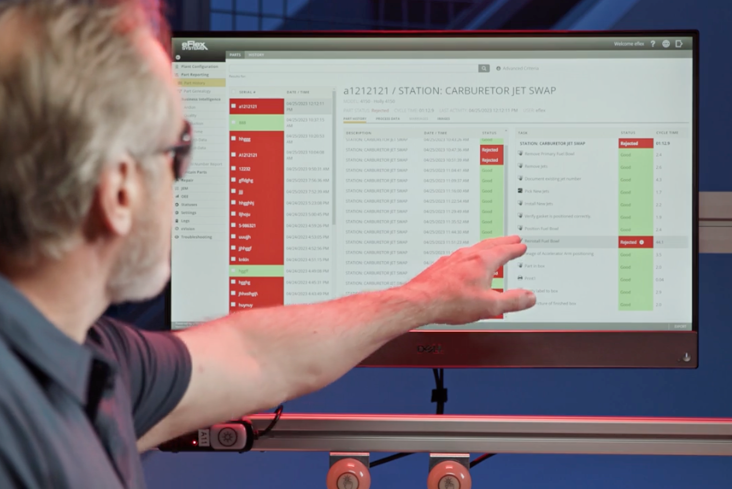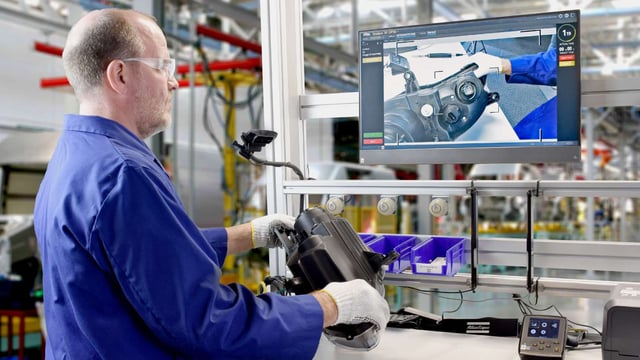The Importance of Part Traceability in Modern Manufacturing
by Jason Bullard, on Jul 28, 2023 11:07:21 AM

One of the most meaningful advantages of the new generation of connected process control solutions—and the lean manufacturing environments they power—is the paradigm-shifting level of complete traceability that manufacturers can now access.
This is fortunate, because today virtually all OEMs now require 100% traceability—down to the smallest component.
Not new—but newly relevant
In a production context, traceability is as important as ever. The transparency, precision, and real-time monitoring and data-gathering power of the best of today’s leading connected process control technologies provide manufacturers with a range of game-changing advantages. It enables them to quickly identify and correct problems and minimize quality spills, subsequently refining and improving production processes. Outside of production environments, that traceability is newly, and in some cases urgently, relevant in places like the automotive industry. With the rise of EVs and the surge of interest in autonomous driving, reliability and traceability have become more important than ever.
Complexity and liability
With automotive advances that have led to the proliferation of EVs and systems that make it possible for autonomous and semi-autonomous vehicle operation, the landscape of the auto industry looks very different than it did even a decade ago. At the same time that vehicles and the systems that run them are becoming exponentially more complex, liability concerns for automakers have risen and the legal framework surrounding these issues is evolving. Against this backdrop of growing technical and regulatory complexity, automakers have concluded that when and if something goes wrong, they need to know why with a high degree of specificity. The complex interplay of software and hardware in a modern vehicle makes part-specific traceability and genealogy a must-have. In this environment, even such innocuous parts as pieces of interior plastic trim now have serial-number identifiers. Consequently, all the machine vendors OEMs work with are required to have 100% traceability.

Picture this
One of the ways in which traceability and genealogy have become more sophisticated in modern connected process control systems is by frequently going beyond ID tracking and tracing to use actual images, captured at key stages of the production process. Complementing the two-dimensional data with three-dimensional imagery adds another very valuable ingredient to an increasingly complex and layered recipe for supreme traceability. Capturing images before other parts are added or further modifications are made allows manufacturers to almost go back in time, getting a window into what happened and when. If issues arise and a part or product needs to be analyzed, it's now possible to look back and evaluate not just the part, but the station it was produced in, even the images of it being assembled—all with a level of speed and precision that saves potentially significant amounts of time and money. Without complex coding or additional hardware, manufacturers with connected process control solutions in place can implement that level of traceability easily and automatically (with customized details about things like image resolution and preservation duration).
This degree of visibility and verifiable traceability has profound implications for process refinement, quality control, and operator improvements. But it’s clear that in today’s increasingly technologically complex and litigious world, the added value of that same traceability for clients and professional partners like OEMs is equally significant and perhaps even transformative
